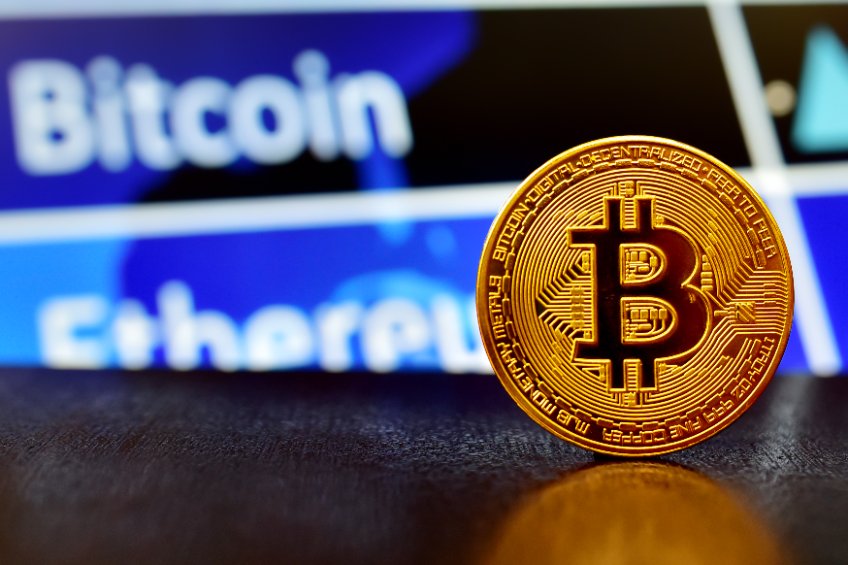Key Takeaways
- BRC-20 tokens were launched on Bitcoin in March 2023
- Transaction fees spiked to all-time highs in May 2023 as network activity spiked
- Bringing memes and NFTs to Bitcoin has caused controversy
- Some argue the rising fees are vital to the security of the network, while others scoff at the activity for getting away from Bitcoin’s “vision”
We live in an inflationary world. Food prices, rent, energy – everything feels more expensive. That is not limited to the fiat world, however. Bitcoin users have noticed a hike in fees recently. So why is this happening, and what does it mean for Bitcoin? And what does this weird concept of NFTs on Bitcoin have to do with anything?
Bitcoin fees rocket upwards in May
Firstly, let us look at a chart presenting Bitcoin fees over the last three years to show the spike in fees. Clearly, the vertical jump in the first week of May is glaring.
While Bitcoin fees may rise in future regardless (and we will get to that in a moment), the outlier that is this wild spike in May 2023 is down to something I never thought I would say with regards to Bitcoin: memes.
Specifically, the BRC-20 protocol, which is a token standard inspired by ERC-20 tokens on Ethereum. To explain this, we first need to look at Bitcoin Ordinals, because that is what has made this all possible. And yes, it is all on the Bitcoin blockchain.
What are Bitcoin Ordinals?
Bitcoin was always viewed as the “pure” blockchain. There was no room for non-fungibility, meaning each Bitcoin is the same as another Bitcoin. No NFT nonsense here, thank you very much.
This changed in January 2023 when the Ordinal protocol was invented. In simple terms, the Ordinals protocol is a system for marking each satoshi, the smallest denomination of a Bitcoin (every Bitcoin is divided into 10 million satoshis). These marked satoshis can then be tracked and differentiated from other satoshis, meaning they are technically “non-fungible”. And so, against all odds, we (sort of) have Bitcoin NFTs.
The marks on satoshis have become known as “inscriptions”. These inscriptions were made possible by the Taproot upgrade to the Bitcoin network in November 2021. The protocol is known as Ordinals, named due to the fact the transfer scheme for satoshis relies on the order of transactions.
While this all sounds a little complex, in…
Click Here to Read the Full Original Article at CoinJournal: Latest Bitcoin, Ethereum & Crypto News…
